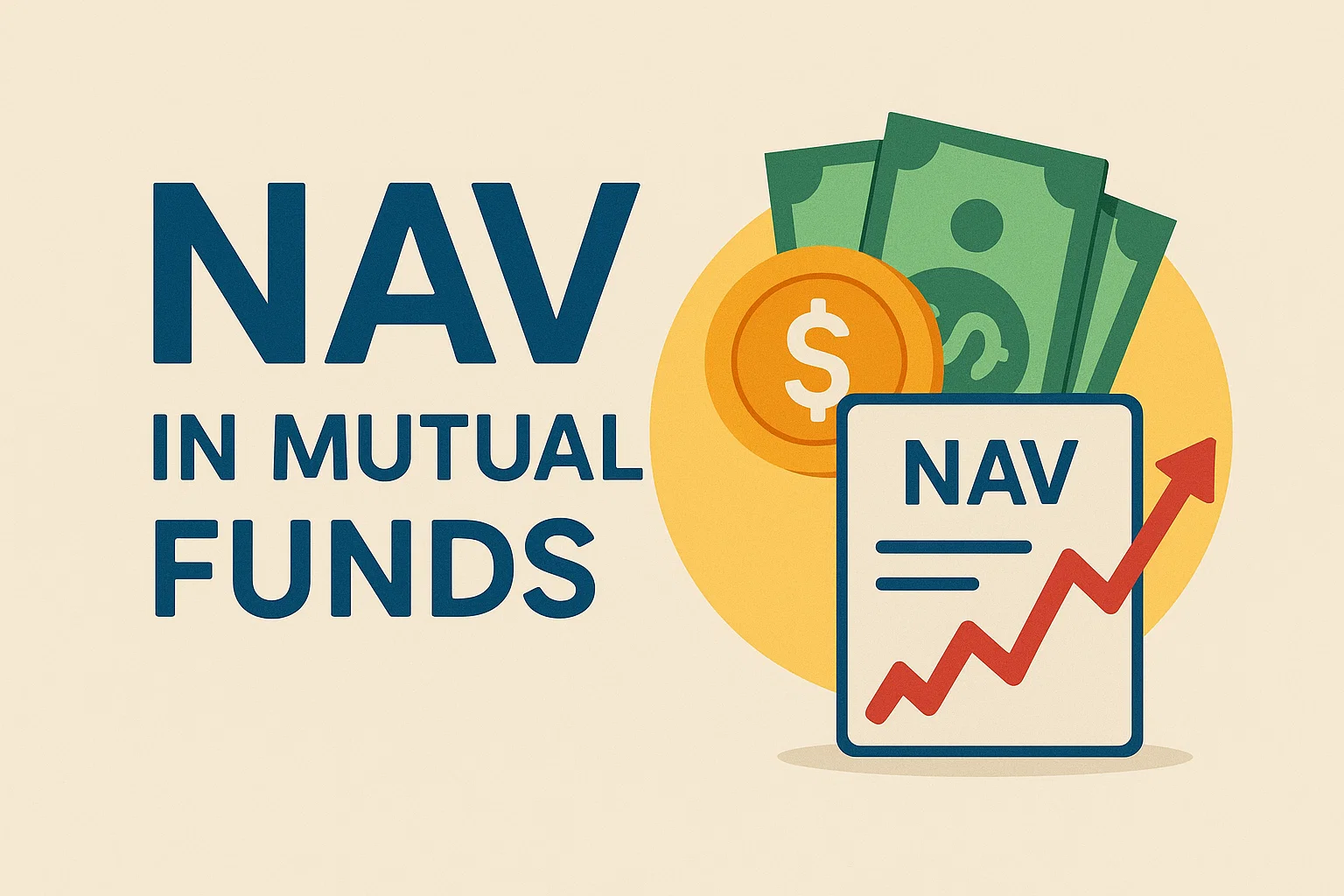Breaking News
Popular News




Enter your email address below and subscribe to our newsletter

If you’ve ever explored investing in mutual funds, you’ve likely come across the term NAV. But what does it really mean, and how does it impact your money?
NAV in mutual funds stands for Net Asset Value, and it’s the price at which units of a mutual fund are bought or sold. Let’s break down what NAV is, how it’s calculated, and why it’s a critical factor for investors.
NAV or Net Asset Value is the per-unit value of a mutual fund scheme. It represents the market value of all securities in a fund’s portfolio minus liabilities, divided by the total number of units issued.
NAV Formula:
This value is updated daily by AMCs (Asset Management Companies) based on market closing prices.
NAV is not influenced by demand and supply. It purely reflects the fund’s actual holdings and their market value.
A fund with ₹200 NAV isn’t necessarily better than a fund with ₹20 NAV. What matters is performance, not the NAV figure itself.
Mutual fund houses publish NAV every evening after market hours so investors can track performance transparently.
When you invest via SIP, your amount is divided by the NAV of the day, which determines how many units you receive.
Comparing historical NAV values over time helps assess whether a mutual fund is growing, stable, or declining.
The NAV at the time of withdrawal is used to determine capital gains and whether you’re liable for short-term or long-term tax.
Investors should also evaluate expense ratio, risk profile, fund manager reputation, and past returns along with NAV.
NAV stands for Net Asset Value, the per-unit price of a mutual fund calculated daily.
Not necessarily. Low NAV doesn’t mean cheaper or better. Returns depend on fund performance, not NAV level.
Yes. If the value of the underlying assets falls, the NAV also decreases.
You can check NAV on AMFI, fund house websites, or apps like Groww, Coin, Paytm Money, etc.
Indirectly. It affects how many units you buy. But total returns depend on NAV appreciation over time.
Understanding NAV in mutual funds is a crucial step in becoming an informed investor. While NAV reflects the current value of your fund holdings, your real focus should be on long-term growth and consistency.
Stay smart. Stay invested. Learn more at 👉 bit2050.com